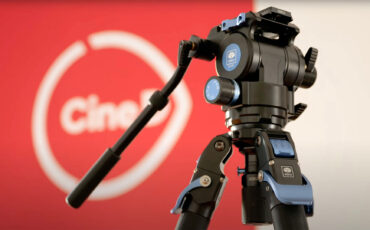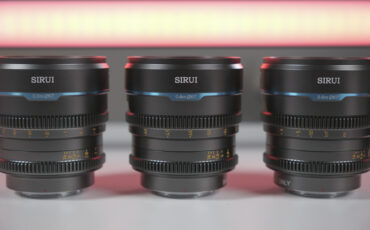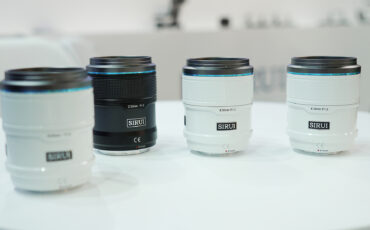SIRUI Jupiter 75mm & 100mm Full-Frame Macro Cine Lenses Review
In this first-look review, we took a peek at the newly announced SIRUI Jupiter 75mm and 100mm full-frame Macro Cine lenses. What quality can we expect from these budget cine lenses? Let’s find out in this SIRUI Jupiter review of the new lenses.
SIRUI is probably best known for their affordable tripods and equally affordable anamorphic lenses. In 2022, they added the Jupiter series to their line-up – a series of spherical lenses. They started with 24mm, 35mm, and 50mm versions and a 28-85mm cine zoom lens, and are now completing the line-up with a 75mm and a 100mm lens.
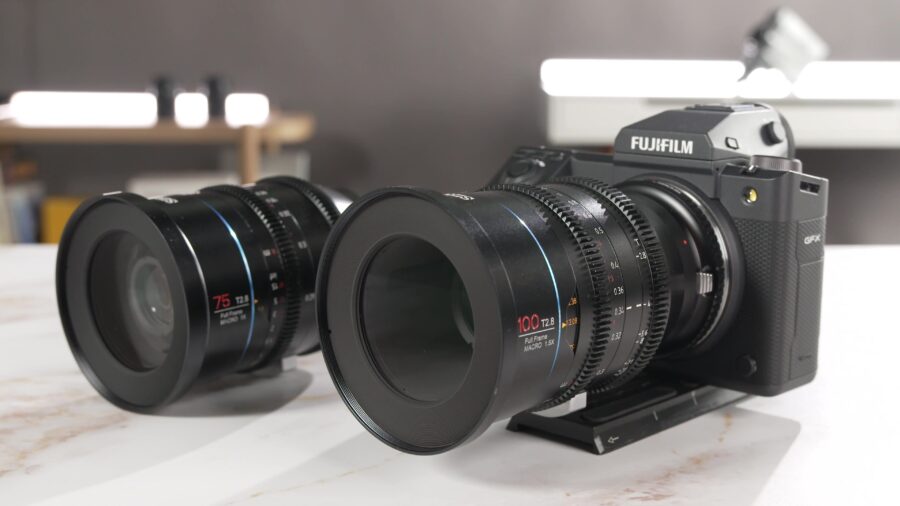
SIRUI Jupiter Cine Lens series: macro by design
All of the Jupiter series lenses have one thing in common: They are macro lenses by design, which of course means that they have a very short minimum focusing distance, around 0.29 meters or around 11 inches. There aren’t too many series of cine lenses on the market that are entirely focused on macro filmmaking, so this is quite unique. The 75mm lens has a T2.8 aperture and maximum 1:1 magnification, and the 100mm lens has the same aperture and offers a maximum 1.5:1 magnification.
A cohesive set: same gear positions, same front diameter
SIRUI did a good job of unifying a lot of the characteristics of the lenses, which truly makes them a nice cohesive set. For example, both the focus and aperture gears are in the same position on all of the lenses. This makes it very easy to work with them on set as swapping lenses becomes super fast since the follow focus position remains the same. Only the position of a matte box needs to be adjusted on the rails, whereas the matte box donut or screw-on filter itself can remain the same because the front diameter of 95mm is identical on all five of the lenses.
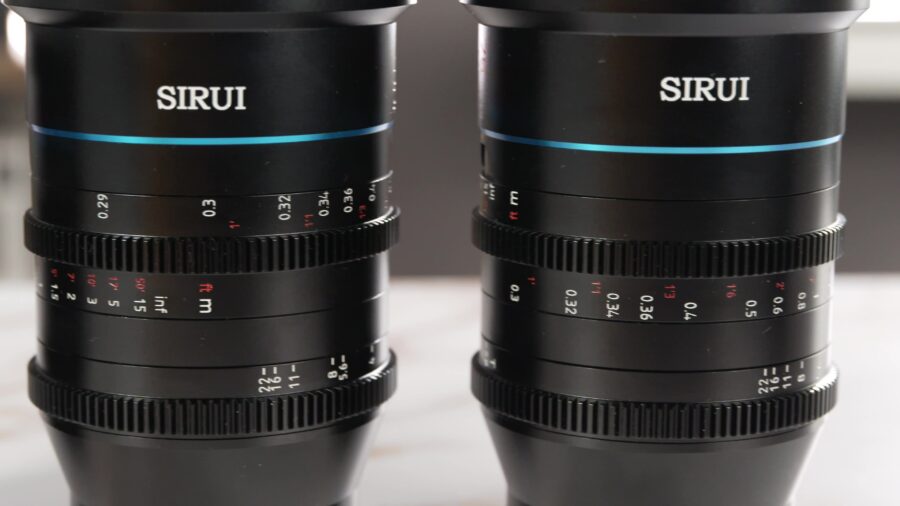
Premium build quality, lightweight design
Build quality feels premium, all the metric and imperial markings are very exact, and there are no inconsistencies that I could find across the lenses. The gear rings move smoothly and strike the right balance between easy to rotate and too much resistance – moving them feels just right. You would think the 75mm and 100mm are heavy lenses when you see them, but in fact, they are fairly lightweight – they weigh between 800 and 900 grams or just under 2 pounds.
The Secrets of Optics
Consistent look with a vintage feel
As far as I can tell, these lenses all produce the same look as well, with matched color tones and similar characteristics. The bokeh has a bit of a vintage, organic feel to it and looks similar on all lenses. I wouldn’t be worried about using a full set of these on one project because the look would be extremely consistent across the production.
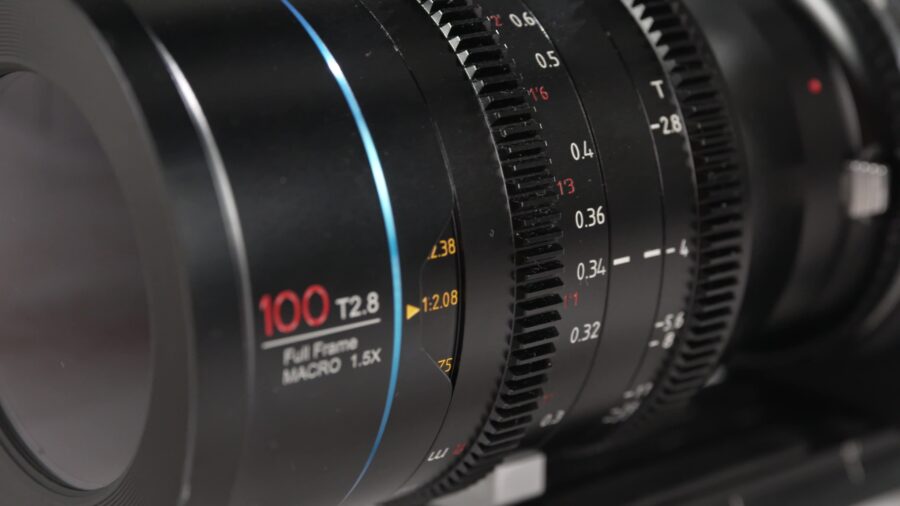
Corner sharpness, fringing, and focus breathing
Let’s take a look at the technical performance of the lenses – but on full-frame 35mm, not the GFX sensor, because that’s what they are really built for.
Corner sharpness is exceptionally good on both lenses even wide open at T2.8 – they look very sharp almost edge to edge with very little sharpness fall-off. There is also almost no visible fringing on the 100mm lens and only very little fringing on the 75mm lens. Focus breathing is quite noticeable, but this is to be expected with any macro lens due to how they are constructed.
All the lenses are available in PL and EF mount, which means they are well-fitted for high-end cinema cameras but also for all kinds of mirrorless cameras because there are adapters for pretty much any short-flange mount available for PL and EF lenses.
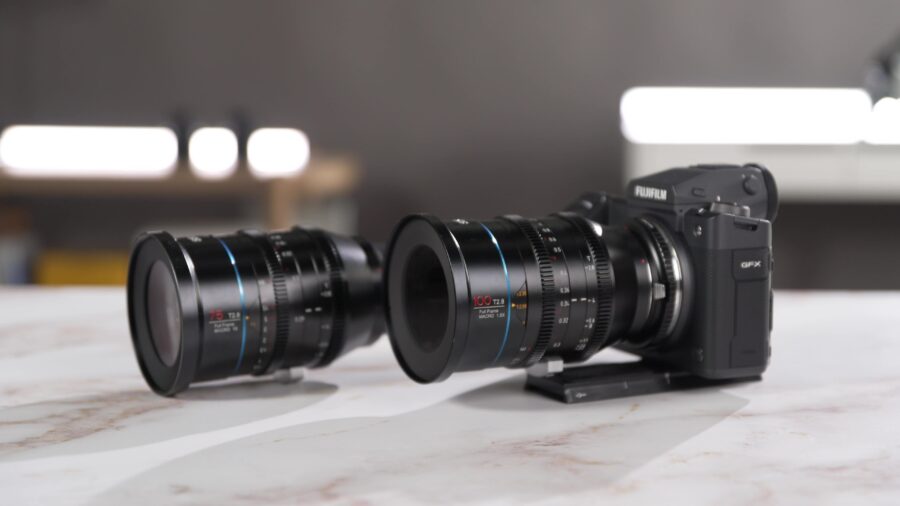
Sensor coverage: no vignetting on FUJIFILM GFX100 II
When I took the new 100mm and 75mm lenses for a spin, I pushed their limits a little bit by mounting them on the new FUJIFILM GFX100 II using a G-to-EF-mount adapter. This camera has a huge sensor with about 1.7 times the area of full-frame cameras and is considered a medium-format camera in photography terms (or a large-format camera in filmmaking terms). You would think that this would cause these “full-frame” lenses to vignette, but no: turns out, they cover the entire sensor area of this camera on both the 75mm and 100mm lenses.
Crowdfunding started with big discounts
At the time of this video’s release, SIRUI have launched a crowdfunding campaign for their new Jupiter lenses that offer some early bird prices for all of the lenses in the kit. For example, the super early bird price for the new 75mm and 100mm is $899 each, instead of $1199. You can get the whole set, including all 5 of the Jupiter prime lenses, for $3999 instead of $5400.
SIRUI Jupiter Review – conclusion
These are amazing prices for these lenses and are definitely worth taking a look at – I really like their look and feel and can see myself using them on numerous types of shoots in the future.
At the end of every crowdfunding-related article, we remind you to please be aware of the risks when backing a project on a crowdfunding platform. Also, please read the platform’s terms of use and remember there can be significant delays when delivering the product. Some projects don’t get delivered at all.
What do you think of the SIRUI Jupiter 75mm and 100mm Macro Cine Lenses? Can you see yourself using them in the future? Let us know in the comments below.



